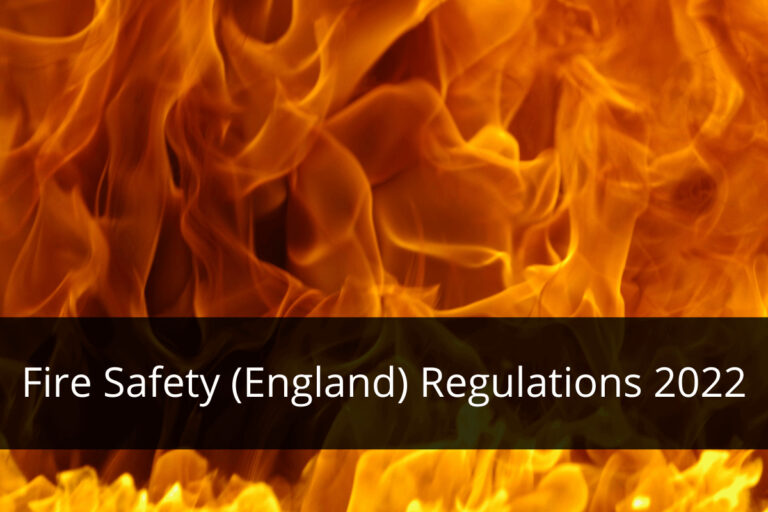
All questions about Fire Door Inspection
If you have any questions about Fire Door Inspection, please don't hesitate to ask
Unlock the true value of our services with our affordable pricing options!
| Item | Price |
|---|---|
| 1-5 Doors | £99 |
| 5-10 Doors | 199 |
| Aditional Door | £17/hour |
| Fire Door Maintenance | Request a quote |
| Item | Price |
|---|---|
| External Fire Doors | Request a quote |
| Glazed Fire Doors | Request a quote |
| Fire Rated Door Finishes | Request a quote |
| Item | Price |
|---|---|
| 1-5 Doors | £99 |
| 5-10 Doors | 199 |
| Aditional Door | £17/hour |
| Fire Door Maintenance | Request a quote |
Customer reviews
Frequently asked questions:
Our 30 minute fire doors (FD30) are 44mm thick
Our 60 minute fire doors (FD60) are 54mm thick
The amount that can be removed from the edges of a fire door differs from one door to the next and depends on several factors, including the exact materials used during construction and guidelines from the fire rating certificate. Accurate trimming information can only be provided by the manufacturer on a case-by-case basis after the door has been completed.
There are no set rules that detail how long a fire door lasts before it needs to be replaced. The condition of the door should be monitored and checked at least every 6 months to ensure it is in good working order. Fire doors should comply with the latest fire door regulations and so it is important to keep up to date with any changes in regulations which may mean your doors are no longer fit for purpose.
All our fire doors satisfy the DDA regulations.
In order to calculate the weight of a fire door you will need to know the weight per square meter (kg/m2) of the doors core. This is determined using the thickness of the door as follows: 44mm = 55kg 54mm = 75kg The calculation below can be used to determine the approximate weight of the fire door. Please note that the calculation does not take glass weight into account. Width X height X thickness X kg/m2 of the door’s core = Weight of fire door. For example for a door that was 926x2040mm with a thickness of 44mm the following calculation would give an approximate weight: 0.926 X 2.040 X 0.44 X 55 = 45 KG.









